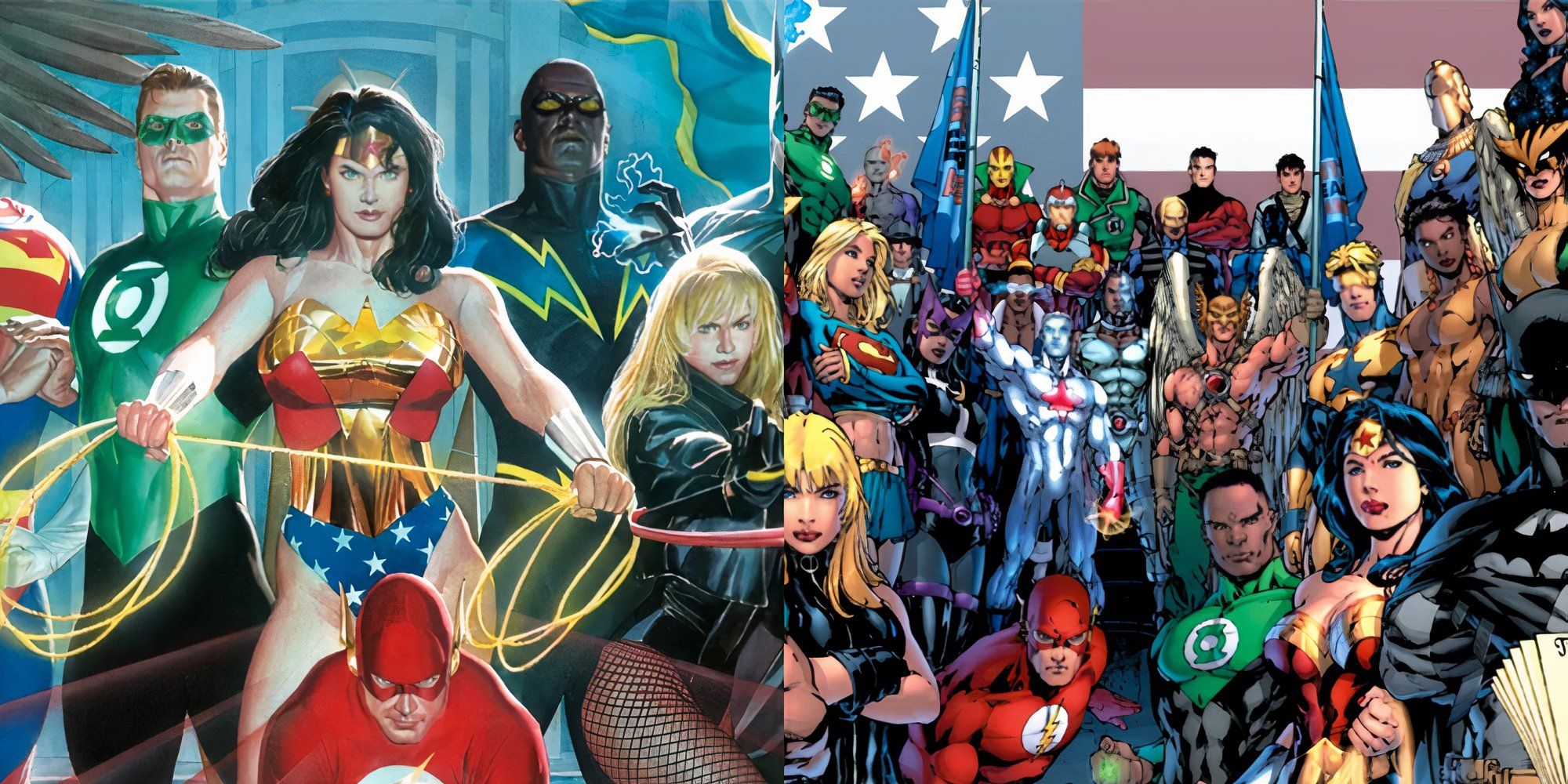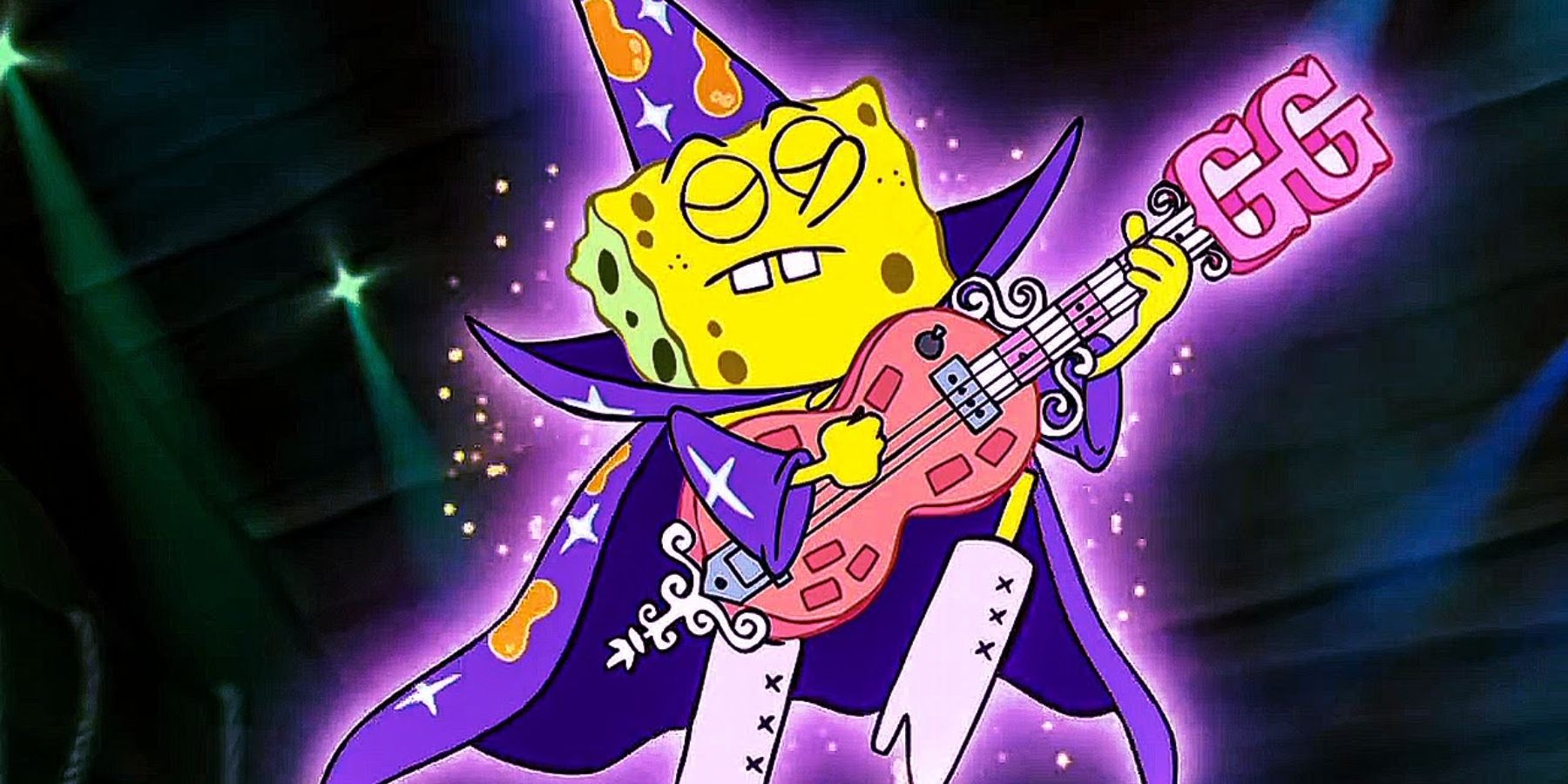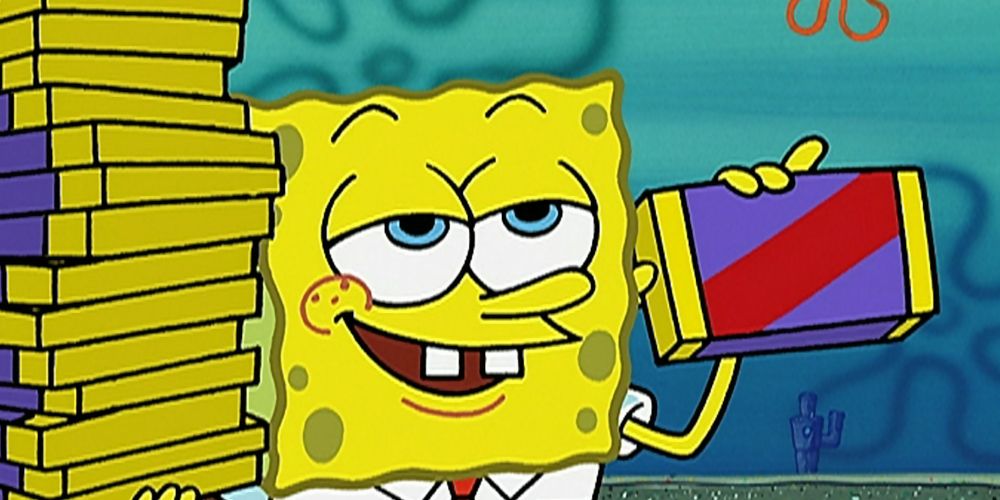Highlights
- SpongeBob SquarePants is a long-running animated series that continues to bring joy to households through its simple premise of optimism.
- The show's success is attributed to its plot structure and well-balanced cast, which allows for repeated conflicts and comedic twists.
- Despite occasional criticism, SpongeBob SquarePants is praised for normalizing diversity and teaching viewers the importance of optimism in overcoming challenges.
After 13 seasons, Nickelodeon's SpongeBob SquarePants continues to infect households with joy and laughter. The asexual sea sponge premiered in 1999 and is the last remaining 90's Nicktoons series still airing new episodes. Almost as secret as the Krabby Patty formula, SpongeBob's secret formula for success is based on a simple but mighty premise, and a foolproof animated sitcom structure.
SpongeBob SquarePants has won or been nominated several times for Favorite Animated Series and Best Writing in Animation Television Production for nearly a decade. While its comedy antics have been criticized by a few as "inappropriate" for children, SpongeBob SquarePants continues to lean into the humor that makes it popular among fans. The potty-mouth and fashionable cross-dressing protagonist is considered a pioneer in normalizing the diversity of gender expression and orientation onscreen after the "SpongeBob is gay" hashtag in 2020 sparked Nickelodeon to confirm SpongeBob is indeed a proud member of the LGBTQIA+ community. This reveal paints the series in a new light for many people. But, SpongeBob SquarePants and its movies remain an absurdist comical take on life due to SpongeBob's other unique perspective.
SpongeBob Runs On A Simple Premise
There isn't anything particularly "high concept" about SpongeBob SquarePants. It's largely an animated workplace sitcom under the sea. As far as animated series go, this is a rather tamed concept. However, the show's award-winning foundation is built on a simple premise: optimism rules. The jovial personality of SpongeBob can be both his boon and his foil. This joyful and optimistic premise is what sets SpongeBob SquarePants apart from other series because SpongeBob, even with its adult humor or being face to face with adversity, always finds a way to accentuate the positive.
If always looking on the bright side were considered toxic positivity, SpongeBob would somehow still find the silver lining in it. The temerity to be optimistic despite the dangers or risks presented is both absurd and inspiring. This hopeful worldview plays well against Squidward's misery, Mr. Krab's obsessive frugality, and Patrick's blissful ignorance. They each often illustrate the benefit or reasonableness of their perspectives. This often has a negative effect on SpongeBob when he adheres to their views and thus, further escalates the conflict. Usually, in the end, he is reminded of how sweet life under the sea can be when he's just being his unique, wildly optimistic and charismatic self, even when SpongeBob has to be the bad guy.
SpongeBob's Formula For Success
Most sitcoms follow a formulaic plot structure, often devised by the show's creator in the pilot episode, that permits screenwriters to plug in and play without the need to create a structure for the story they're writing. SpongeBob SquarePants has been following relatively the same structure since its inception. The ability to develop a winning formula for sitcoms in terms of structure is only half the battle. As mentioned above, a well-balanced cast with contentious perspectives to revisit repeatedly is another part of the equation that contributes to the series' success. SpongeBob SquarePants' best moments can be attributed to a formula that's as simple as its premise.
SpongeBob SquarePants follows a four-act structure. The first Act identifies whose story is being told and their problem, desire, or goal. The second Act follows the characters' pursuit of the goal or resolving the conflict. By the mid-point, the protagonist for the episode either obtains the goal which causes another problem or, they don't, which still further complicates the conflict. Act three is where the protagonist seems the furthest from their goal but finds the necessary resolve to continue pursuing it anyway. In the final Act, the goal is either achieved, problem solved, or neither. Because this is an animated series, Nickelodeon writers of SpongeBob SquarePants often like to append "buttons," an upbeat turn, such as a joke or gag, either to the end of an Act or the end of the episode as an added comical or ironic twist.
A notably hilarious, if not "inappropriate," button is in the episode, "The Fry Cook Games". At the end of the wrestling match when SpongeBob and Patrick's underwear are revealed, SpongeBob is seen in pink underwear while Patrick is revealed to be wearing yellow underwear. Optimistically presuming the colored underwear is symbolic of their true feelings of care toward each other, they reconcile their differences with a hug. Then, Patrick makes a revelation regarding his yellow underwear: "These were white when I bought them." As if the episode did not already end on the upbeat of Patrick and SpongeBob hugging it out, the writers threw in this button to give fans something else to laugh at. Hopelessly maddening, ironic, comical, inspiring, and overall joyful, SpongeBob SquarePants never ceases to find a way to shine a light on problems and, in turn, teach viewers the simple lesson that nothing can be achieved without optimism.






